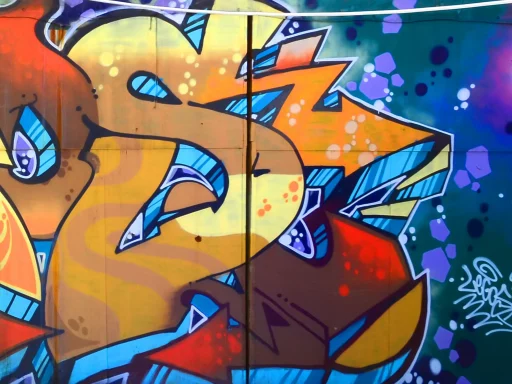Understanding ABGs in Modern Slang
In the world of slang, new terms and phrases emerge frequently, capturing the essence of cultural trends and social behaviors. One such term that has gained popularity in recent years is “ABGs”. But what does it mean, and how did it come to represent a particular stereotype? In this article, we will delve into the roots, usage, and implications of the term ABGs.
Defining ABGs
The term “ABGs” stands for “Asian Baby Girls”. It typically refers to young Asian women who embody a specific aesthetic and cultural identity, often characterized by their fashion choices, makeup styles, and lifestyle. While the term can seem innocuous, it often carries connotations that reflect cultural stereotypes.
The Characteristics of ABGs
When someone refers to an ABG, they usually highlight a few particular characteristics:
- Fashion Sense: ABGs are known for their trendy and sometimes provocative outfits, often heavily influenced by streetwear and pop culture.
- Makeup: A distinct feature of ABGs is their makeup, which tends to be bold and expressive, including items like false lashes and vivid lip colors.
- Social Media Presence: Many ABGs curate their social media profiles to reflect an aspirational lifestyle, sharing images that emphasize their style and social life.
- Cultural Identity: ABGs often embrace aspects of their Asian heritage while simultaneously blending them with Western ideals, creating a unique cultural fusion.
The Origins of ABG Culture
The concept of ABGs primarily rose to prominence within Asian American communities and was amplified through social media platforms such as Instagram, TikTok, and YouTube. The portrayal of ABGs has roots in both Asian American identity and the experiences of young women navigating cultural expectations.
As the term gained traction, it was sometimes used in a derogatory sense to stereotype Asian women as superficial or objectified. However, many individuals embraced the label in a reclamatory manner, redefining it to encompass empowerment and self-expression.
ABGs in Popular Culture
ABGs have made their mark not just in street fashion but also in entertainment and music. Notable influencers and artists have contributed to this phenomenon:
- Music: Artists like Jen Wood and Yaeji often celebrate ABG culture in their music videos, showcasing fashion, individuality, and the fusion of cultures.
- Social Media Influencers: Content creators, such as Sarah Lee and Natalie Yang, gain popularity by embodying ABG styles, offering fashion tips, makeup tutorials, and insights into their lives.
The Implications of the ABG Label
While many embrace the ABG label, it also poses challenges. The stereotype can reinforce narrow views of Asian women and perpetuate certain expectations. Understanding these implications is crucial in recognizing the complexity of identity within cultural conversations.
- Empowerment: For some, identifying as an ABG signifies empowerment and ownership of their identity, using the term to celebrate their uniqueness.
- Critiques: Others highlight the downsides, noting that being labeled can lead to superficial judgments and a misunderstanding of the individual behind the stereotype.
Statistics and Trends
To fully grasp the influence of the ABG phenomenon, it’s essential to examine its demographic engagement. A recent study indicated that:
- Approximately 67% of Asian American youth actively engage in social media communities centered around ABG culture.
- Content tagged with #ABG on Instagram has amassed over 1 million posts, highlighting its widespread acceptance and reach.
Conclusion: The Future of ABG Slang
As slang continuously evolves, the ABG label will likely undergo further transformations. It serves as a testament to how language and identity can intertwine, reflecting broader social attitudes and cultural dynamics. Whether embraced or critiqued, ABGs have undeniably carved out a space in contemporary discourse, challenging norms and celebrating multicultural identities.
As the conversation surrounding ABGs progresses, it is vital to approach it with an open mind, recognizing the individual behind the label and appreciating the rich tapestry of cultural identities that make up today’s society.






